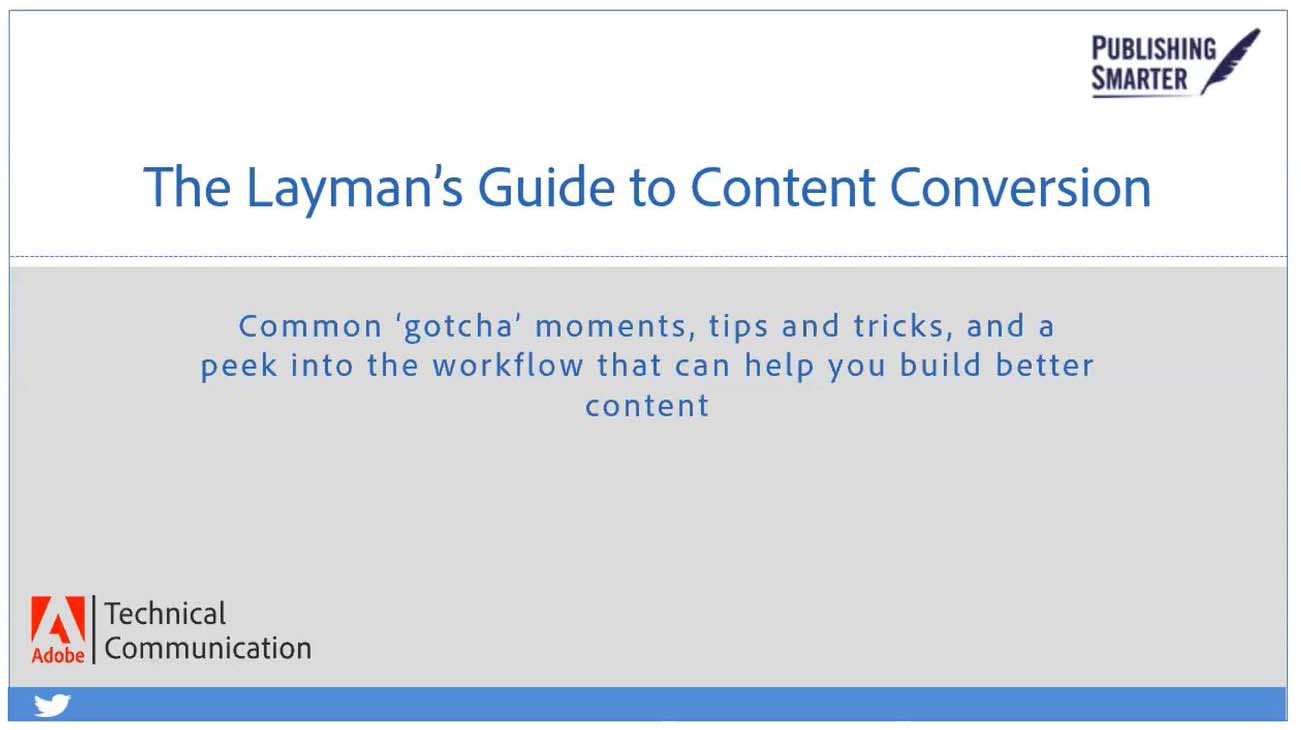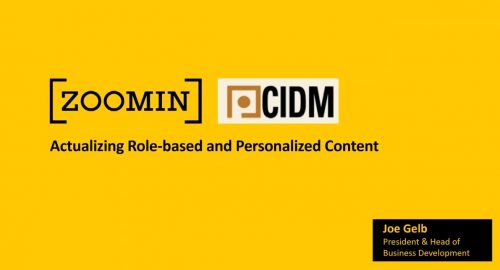November 11, 2021
Content authors need to consider many factors while converting their existing content to structured content, including analyzing the content at its source. This exercise is interesting yet challenging, vexing, but rewarding. But what are those factors you need to think about for this conversion? For starters, you need to consider:
- Character styles and how they are assigned (Use the style named Emphasis? Press Ctrl+I? Use a toolbar icon? Is there a difference?)
- Paragraph styles and how they are assigned (Did you skip bullet 1 and go right to bullet 2 because it looks better and, if you did, what does it mean?)
- Images and how to import them (Did you copy/paste or use the import setting? If so, how did you import it? As a link to the source?)
- Links between files or the web (Did it just get typed in, or was this inserted using a linking tool? How will it convert?)
- Page layout, tables, design, variables, equations, and so on
What do you actually need to do to start analyzing the content? How do you deconstruct your source documents? What can you do with just the features available in your authoring tool to make it easier to comprehend what you are dealing with?
In this webinar, we will identify the most common “gotcha” issues, share a few useful tips and tricks to reduce the volume of these glitches, and offer you a sneak peek into the workflow to take legacy content and plan your conversion to structured content. Although this is not a ‘one and done’ approach, this session should give you a fair idea about the early steps you need to consider while thinking about DITA, content strategy, content management systems, and automating of the conversion process from ‘been there’ to ‘done that.’
Presented by:
Bernard Aschwanden is an Adobe Consultant and the CEO of Publishing Smarter. A service provider specialized in content creation, management, and distribution, headquartered in Barrie, Canada.
Bernard Aschwanden and his company Publishing Smarter, help clients reduce costs and improve the quality of content. A past President of the Society for Technical Communications, he trains, writes, and presents on communications, publishing, and single-source reuse. Publishing Smarter helps companies automate content processes to publish better, faster, and smarter and provide a maximum return on investments.
Bernard Aschwanden on LinkedIn | @aschwanden4stc on Twitter | @publishsmarter on Twitter | www.publishingsmarter.com





